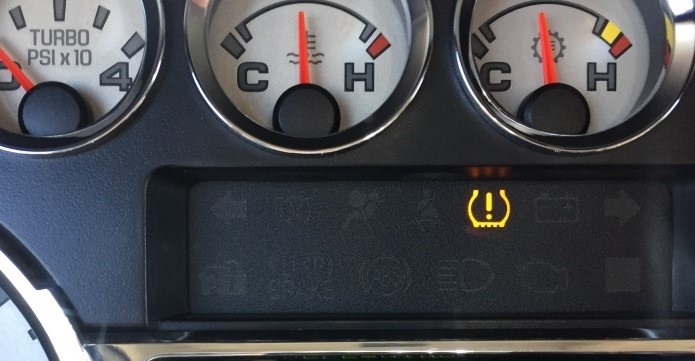For new shops or those that have recently launched a TPMS program, tire-pressure sensor service can be challenging. But some basic tips can help technicians become more familiar with the technology and ease the learning curve.
- Always test the sensors first, to get a picture of the vehicle’s overall TPMS health.
- Solid warning light indicates that a tire has low pressure, blinking light that eventually turns solid indicates a system problem (sensor low battery, etc)
- Inspect the valve stems carefully, looking for corroded nuts/stems or dry-rotted rubber.
- For universal sensors, always program the sensors before installation.
- After installing sensors, perform a relearn procedure so the new parts can be registered to the vehicle.
- If the warning light comes back on after performing a relearn or if the vehicle doesn’t show tire pressures immediately on the dash after registering the new IDs, then test the sensors again or drive the car/truck for a few minutes.
- If there’s a relearn issue (key fob is missing on GM vehicle, etc) then try cloning the OE sensors.
- Regularly check the shop’s TPMS tool for updates and install them when available. Tools should be updated at least once per year, ideally once per quarter (every three months).
- If the warning light stays on after performing service, then investigate further – check for fault codes related to the TPMS system components, look for vehicle recalls / TSBs (technical service bulletins), etc
- Whenever a tire is serviced, a TPMS service kit or new valve should be installed, even if the sensors aren’t replaced.
